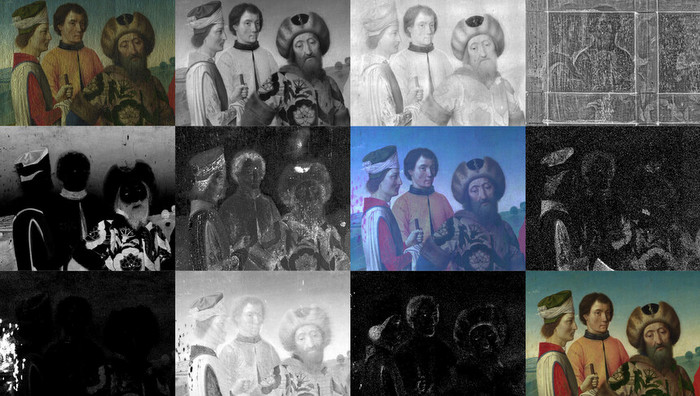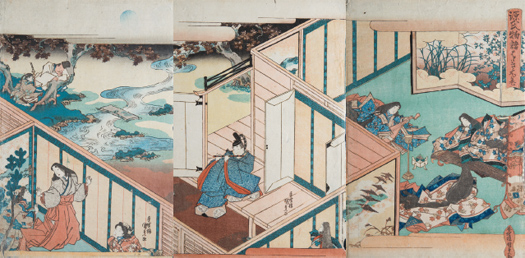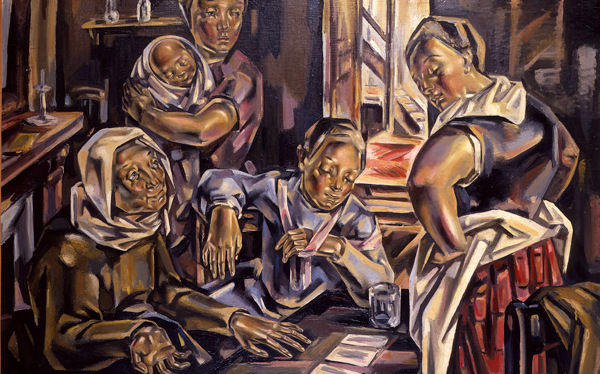The exhibition The Asia Principle. China, Japan, India and Contemporary Art in Spain (1957-2017) aims to draw attention to the influence of these three cultures on art in the second half of the 20th century in Spain, an influence notably visible in the work of numerous artists of the time but equally little explored. The exhibition's title makes use of the concept of a chemical "principle", according to which an active element, either alone or with others, "reacts" when it is mixed or made.
The exhibition focuses on the period between the generation of Spanish abstract artists of the 1950s and that of the artists born around the mid-1960s, the time when the Museo de Arte Abstracto Español in Cuenca (1966) was founded by Fernando Zóbel, a key figure for understanding this exhibition's discourse. There are, however, earlier examples, such as that of the ceramicist Josep Llorens Artigas, who in the 1920s began to produce works of striking simplicity, and that of Joan Miró, who worked with Llorens Artigas from the mid-1940s on creations that combined ceramics and painting.
This project includes more than 60 artists who worked in Spain and whose art is associated to varying degrees with that of East Asia and India. Together with painting, sculpture, graphic art and drawing, the exhibition will include other disciplines such as installation, photography, new artistic manifestations and conceptual art. More than 300 examples of Asian and Western art will be shown alongside each other in the manner of two worlds that share time and display space. The exhibition includes important loans from international museums and collections, with a particular emphasis on the presentation of Oriental works from Spanish public and private institutions and collections, some of them both important but as yet largely unknown.
This exhibition is the result of a curatorial research project undertaken by the Fundación Juan March which has benefitted from the participation of academics and experts in the areas under study and which has included, among other initiatives, the Oral History Project entitled "Asia and contemporary art in Spain". The latter has given rise to a documentary series comprising thirteen videos based on personal interviews with thirteen artists over the course of 2017. The result of the project will be presented in a cycle scheduled to coincide with the exhibition and which includes a documentary that brings together the videos on Alfonso Albacete, Frederic Amat, José Manuel Ballester, Miquel Barceló, José Manuel Broto, Marta Cárdenas, Francisco Farreras, Luis Feito, Joan Gardy Artigas, Juan Navarro Baldeweg, José María Sicilia, Juan Uslé and José María Yturralde. Another resource is the specially created portal within www.march.es, which offers a range of material including a series of questionnaires with responses from numerous artists, as well as documents relating to this encounter between worlds that are as different as they are inspiring.
The project began in 2013 when the Fundación embarked on initial research with the aim of devising and producing an exhibition on international Japonisme, an idea that was subsequently rejected, primarily due to the evident impossibility of securing the international loans required for producing an exhibition of this type. However, these initial explorations suggested the question of whether there had ever been a general survey that traced the influence of Japan (to which China and India were soon added) on contemporary art in Spain. The surprising answer was no, up to the present date; surprising given the obvious presence of these cultures on the work of many members of the most recent generations of artists. The idea of undertaking an exhibition and research project on the influence of Asia on contemporary Spanish art thus firstly took shape as a real possibility for presenting something evident but never exhibited, and some years later that possibility became a reality.
One key factor was also influential here: in 1980 the Fundación became the owner of the Museo de Arte Abstracto Español in Cuenca. Due to its close links with Zóbel and its important collection of abstraction and Informalism, the Museum is particularly alert to the issue of Eastern influence on Spanish contemporary art, given that one of the key figures in that exchange is undoubtedly Fernando Zóbel.
Between 1956 and 1961 Zóbel gave classes in Chinese and Japanese art at the Universidad Ateneo in Manila. The notes that he prepared in the manner of an index in order to structure his classes reflect the profound interest on the part of this Spanish artist of Philippine origins for East Asian art. Zóbel starting teaching in Manila in 1956, the year after he discovered contemporary Spanish painting through the Fernando Fe bookshop in Madrid and when he forged friendships with artists including Gerardo Rueda and Luis Feito. This relationship and the emergence of an incipient art scene in Spain led Zóbel to decide to settle in Spain in 1960. By that date he was notably familiar with the different Asian cultures: not only had he taught in Manila, he had also participated in archaeological excavations in Calatagan, had developed an interest in Japanese calligraphy, and following a trip to Japan in 1956, had redesigned his house in Manila to make it a Japanese one.
Zóbel's presence in Spain, his relations with Spanish artists and his library, which housed a large number of Chinese and Japanese books, made the artist a connecting point between Asian art and Spanish abstraction in the 1950s. This provides the other starting point for the exhibition, the aim of which, as noted above, is to offer the results of an initial exploration of the influence of the cultures of China, Japan and India on art in Spain in the second half of the 20th century
March 8 – June 24, 2018
Related Publications
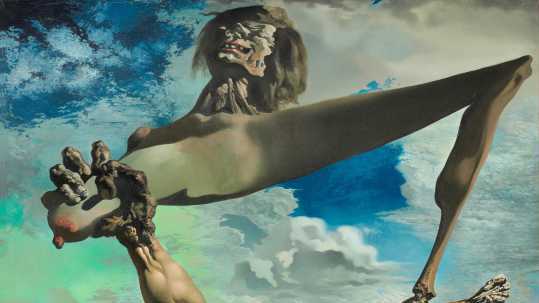
IMAGINE! 100 Years of International Surrealism
April 19, 2024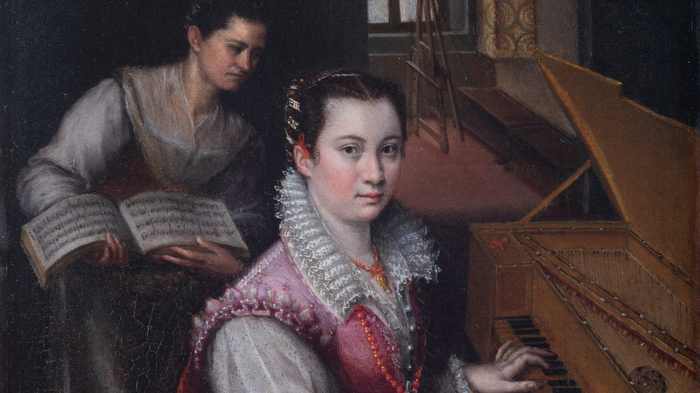
Kunstmuseum Basel. Ingenious Women
April 18, 2024